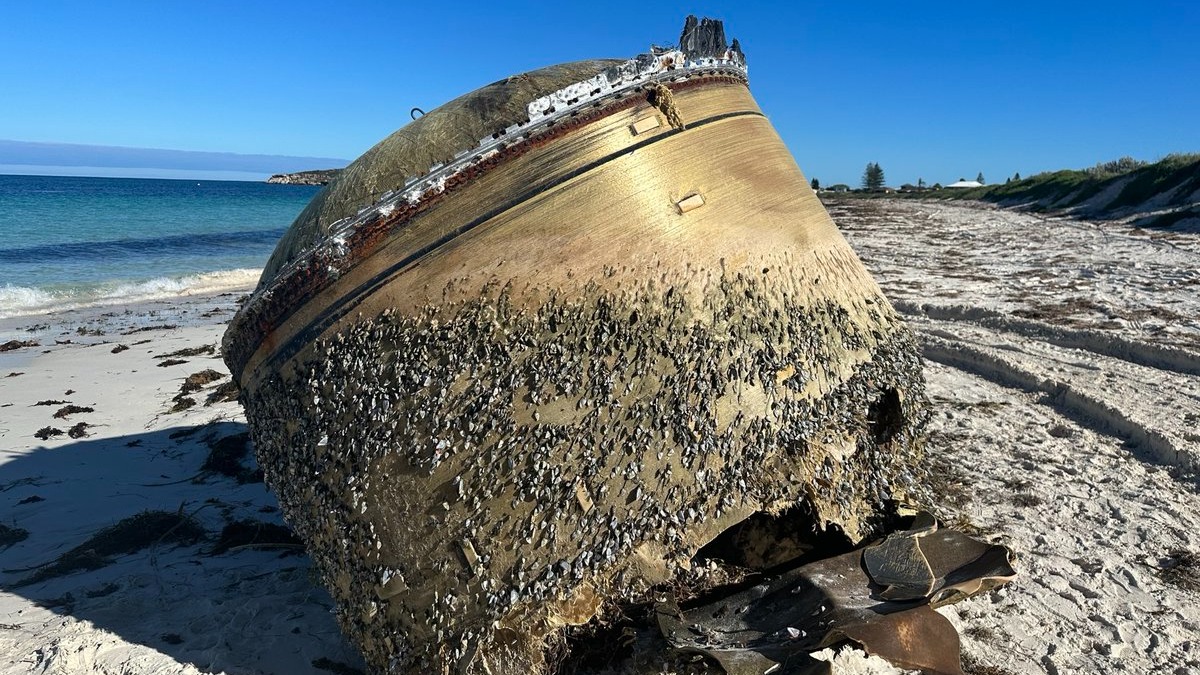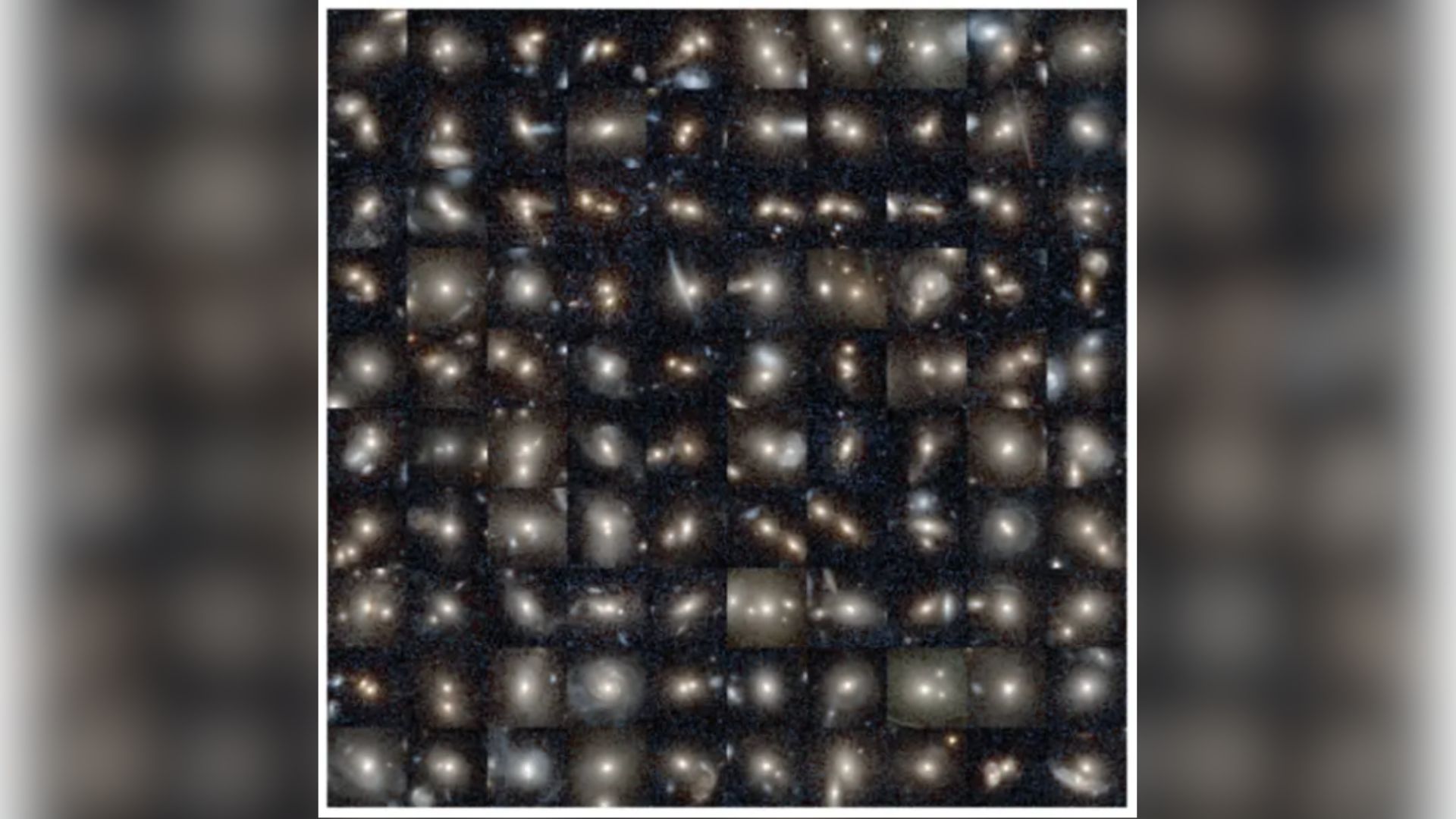Australian Space Agency investigating possible rocket debris found on beach

A big chunk of space junk may just have washed up on an Australian beach.
The Australian Space Agency tweeted a picture Monday (July 17) of a possible piece of a "foreign space launch vehicle" near Jurien Bay in the huge state of Western Australia. The agency is "liaising with global counterparts who may be able to provide more information," the tweet noted.
Speculation is swirling on Twitter that the object may be the third stage of the LVM3 rocket that launched India's Chandrayaan-3 moon rover mission, given that Friday's (July 14) liftoff was visible from Australia. But the washed-up object seems to sport a heavy load of algae, goose barnacles and other hitchhiking sea life, more than seems likely for a mere three-day sea stay. For example, the magazine Boater's World says it typically takes weeks for barnacles to attach to a hull.
Related: Kessler Syndrome and the space debris problem
Other rumors hold that the hunk of debris may be the third stage of another Indian rocket, the Polar Satellite Launch Vehicle (PSLV). But an experienced space tracker was skeptical of that idea.
"It doesn't look anything like that stage to me," Harvard-Smithsonian space debris expert Jonathan McDowell wrote on Twitter.
The world's oceans receive a fair number of falling rocket bodies, as launch operators try to bring their vehicles down in unpopulated areas after liftoff. And nowhere on Earth is less populated (by humans, anyway) than the open ocean.
Breaking space news, the latest updates on rocket launches, skywatching events and more!
And the Indian Ocean is commonly under the flight path of missions launching from India's Satish Dhawan Space Centre, so it's not particularly odd that an Indian rocket stage — if that's what the mystery object is — would wash up on a Western Australian beach.
Some space-junk falls are more dramatic and controversial, however.
Pieces of NASA's Skylab space station accidentally crashed into rural Australia in 1979, for example. More recently, China has been condemned by the U.S. and other nations for allowing the core stage of its Long March 5B rocket to come back to Earth uncontrolled while building out its Tiangong space station.
The "Liability Convention" (1972) from the United Nations establishes responsibility if space debris causes harm when coming back to Earth. It has only been used once in space history, when a Soviet Union nuclear satellite known as Kosmos 954 crashed into Canada's Arctic in 1978.
Canada and the Soviet Union eventually settled on cleanup costs (independently of the convention) for $3 million CDN, which is roughly the equivalent of $13 million CDN or $10 million USD in 2023 dollars.

Elizabeth Howell (she/her), Ph.D., was a staff writer in the spaceflight channel between 2022 and 2024 specializing in Canadian space news. She was contributing writer for Space.com for 10 years from 2012 to 2024. Elizabeth's reporting includes multiple exclusives with the White House, leading world coverage about a lost-and-found space tomato on the International Space Station, witnessing five human spaceflight launches on two continents, flying parabolic, working inside a spacesuit, and participating in a simulated Mars mission. Her latest book, "Why Am I Taller?" (ECW Press, 2022) is co-written with astronaut Dave Williams.
